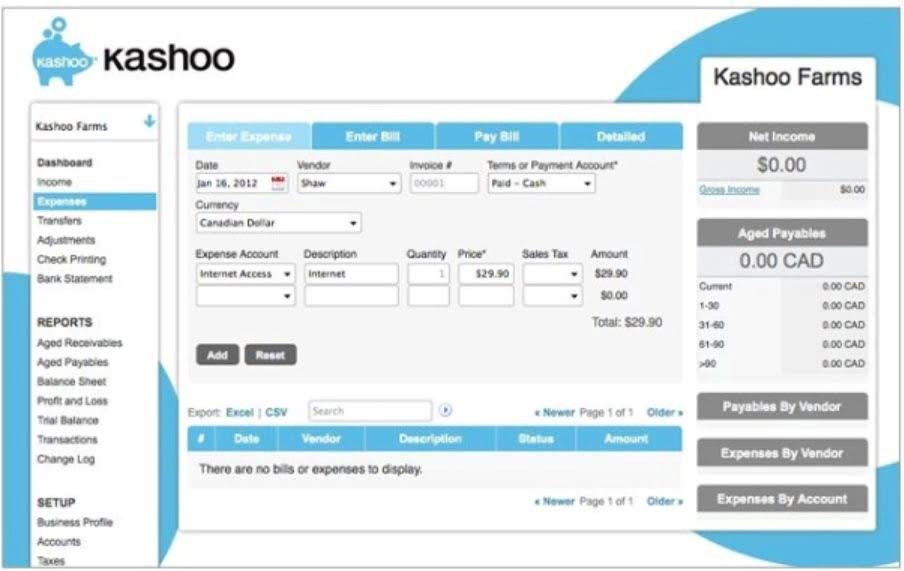
This way, you’ll get a snapshot of the company’s performance over time, and will be able to compare them. Through horizontal analysis, we observe that Company A has experienced consistent revenue growth over the five-year period. The growth rates of 20%, 25%, 20%, and 11.11% indicate a positive trend in the company’s revenue generation. Another problem with horizontal analysis is that some companies change the way they present information in their financial statements.
How confident are you in your long term financial plan?
- Horizontal analysis is a method of financial statement analysis that compares financial data from one period to another.
- Below is a break down of subject weightings in the FMVA® financial analyst program.
- For example, if a company’s revenue growth is lagging behind industry averages, it might indicate a need for strategic changes.
- Based on trend analysis, however, these expenses are actually declining as a percentage of sales.
- For example, let’s take the case of the income statement – if the gross profit in year 1 was US$40,000 and in year 2 the gross profit was US$44,000, the difference between the two is $4,000.
Comparability is the ability to review two or more different companies’ financials as a https://www.bookstime.com/articles/net-realizable-value benchmarking exercise. Ask Sourcetable’s AI to evaluate investment opportunities using uploaded financial data. The AI analyzes historical performance patterns and generates comprehensive investment analysis through simple conversation.

Assessing Business Performance and Financial Health
- For example, if a company’s current year (2022) revenue is $50 million in 2022 and its revenue in the base period, 2021, was $40 million, the net difference between the two periods is $10 million.
- In the same vein, a company’s emerging problems and strengths can be detected by looking at critical business performance, such as return on equity, inventory turnover, or profit margin.
- By comparing prior-period financial results with more current financial results, a company is better able to spot the direction of change in account balances and the magnitude in which that change has occurred.
- Consistency constraint here means that the same accounting methods and principles must be used each year since they remain constant over the years.
- A notable problem with the horizontal analysis is that the compilation of financial information may vary over time.
The horizontal analysis relies heavily on historical data, which may not accurately reflect future performance. It doesn’t account for external factors or industry changes that may impact financial results. Also, horizontal analysis alone may not provide a comprehensive understanding of a company’s financial health and requires additional analysis and context. Horizontal analysis can help you identify trends in your data using your financial statements. Using Excel or Google Sheets is a great way to carry out a horizontal analysis of financial statements, especially if you use a pre-made template. If you use Layer, you can even automate parts of this process, including the control of data flows, calculations, and sharing the results.
Advantages of Sourcetable for Horizontal Analysis
Trends or changes are measured by comparing the current year’s values against those of the base year. Let Sourcetable’s AI identify financial trends and project future performance through simple conversation. Skip complex spreadsheet formulas and let the AI assistant handle trend analysis and forecasting automatically. An alternate method of performing horizontal analysis calculations is to simply calculate the percentage change between two years as shown in the following example.
Horizontal Financial Statement Analysis
Vertical analysis and horizontal analysis complement each other, but they focus on different aspects of financial performance. For companies with strong seasonality effects, like FMCG or tourism, horizontal analysis is very useful horizontal analysis formula for comparing peak and off-peak performance. For example, a hotel chain could focus at summer sales to better plan staffing and inventory. When data is simplified into clear side-by-side comparisons, businesses can find trends and make informed decisions easier. Each period is compared to a year you choose as a baseline to see how revenue, expenses or profits have evolved. Carefully examine the percentage changes to understand the magnitude and significance of variations.

Now comes the fun part—analyzing what these changes mean to business performance. Vertical and horizontal analyses are both tools for financial statement analysis, but they differ in purpose. Another advantage is that horizontal analysis emphasises outliers and unusual fluctuations. The percentages are particularly noticeable when an account experiences an abrupt up or down Swing. This enables managers to investigate the variances and ascertain their causes, whether they are positive or negative.

Horizontal Analysis – How-to Guide + Examples
Look for major fluctuations that may indicate critical events or shifts in the company’s operations. If inflation has influenced the financial data, it is essential to adjust the figures to account for its impact. One common method is using an inflation index or Consumer balance sheet Price Index (CPI) to calculate the inflation-adjusted values. By looking at the numbers provided by a company, you should see whether there are any large differences between one year and the next. It is also possible to perform this analysis with time series data to make direct comparisons with other companies. Ratios such as earnings per share, return on assets, and return on equity are similarly invaluable.

Investors can discover potential risks and opportunities that could affect a company’s future financial performance by comparing financial data from one period to the next. Horizontal analysis is a crucial tool in financial statement analysis, offering insights into the performance and trends of an organization over time. By comparing historical data across multiple periods, stakeholders can identify patterns, growth trajectories, and potential red flags that may not be immediately apparent from a single set of figures. In other words, one can take year-on-year or quarter-on-quarter growth rates of all the items of the income statement or the balance sheet – based on the historical data. For example, in the income statement, we can, based on historical data and trends, make assumptions about sales growth and then forecast the sales growth rates through the forecast periods. These formulas can be applied to various financial statement items, including revenue, expenses, net income, assets, liabilities, and equity.

